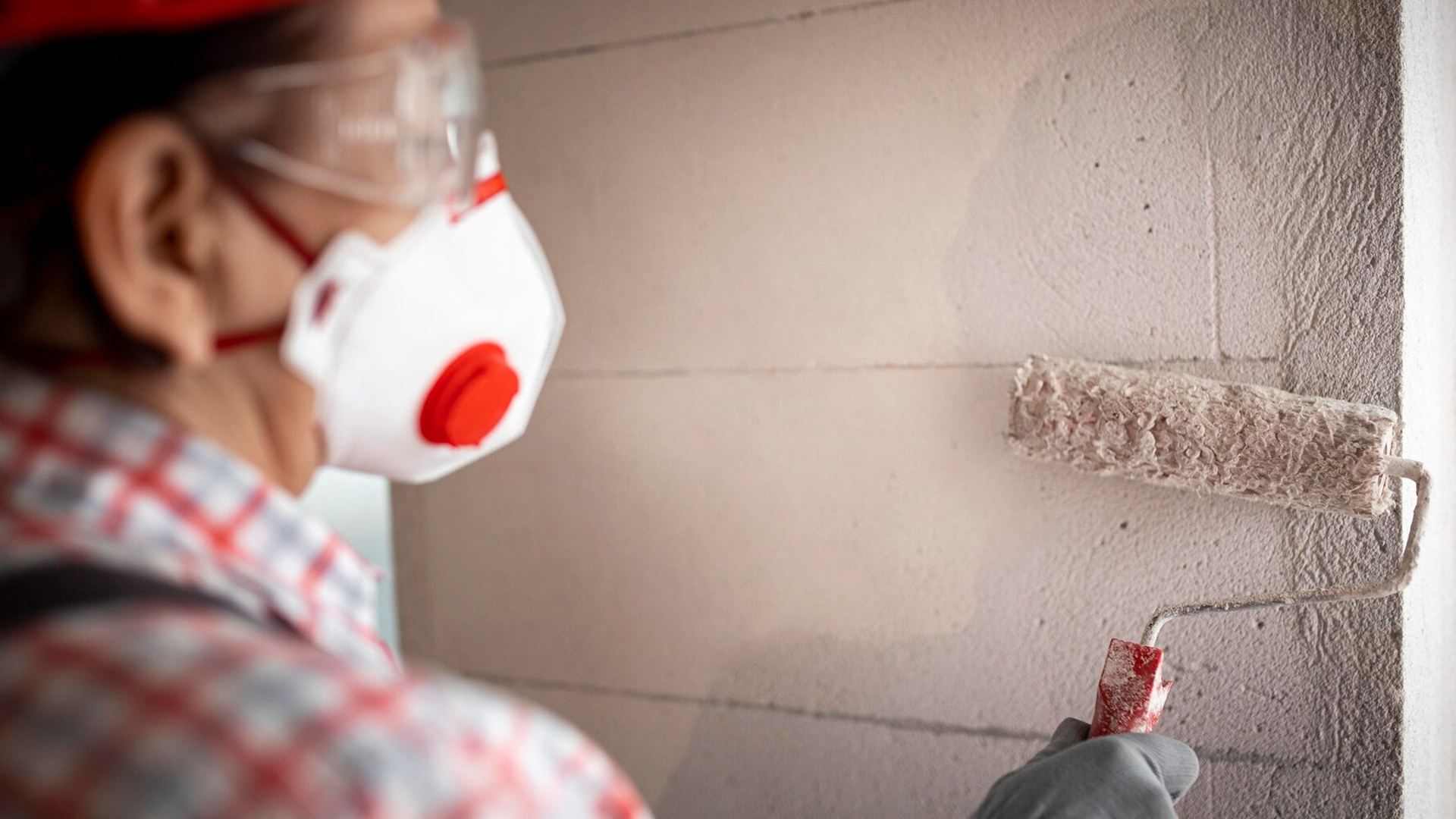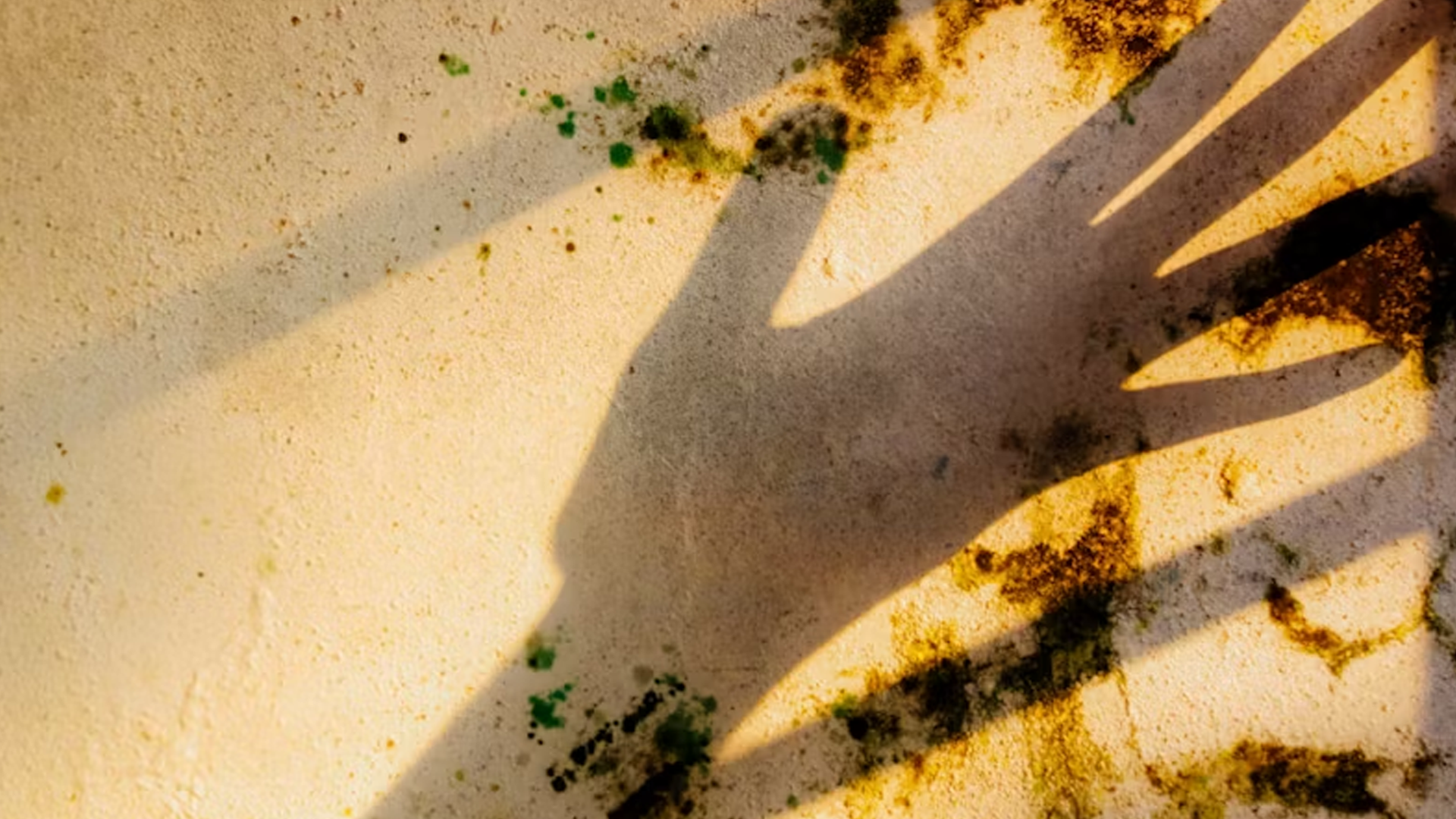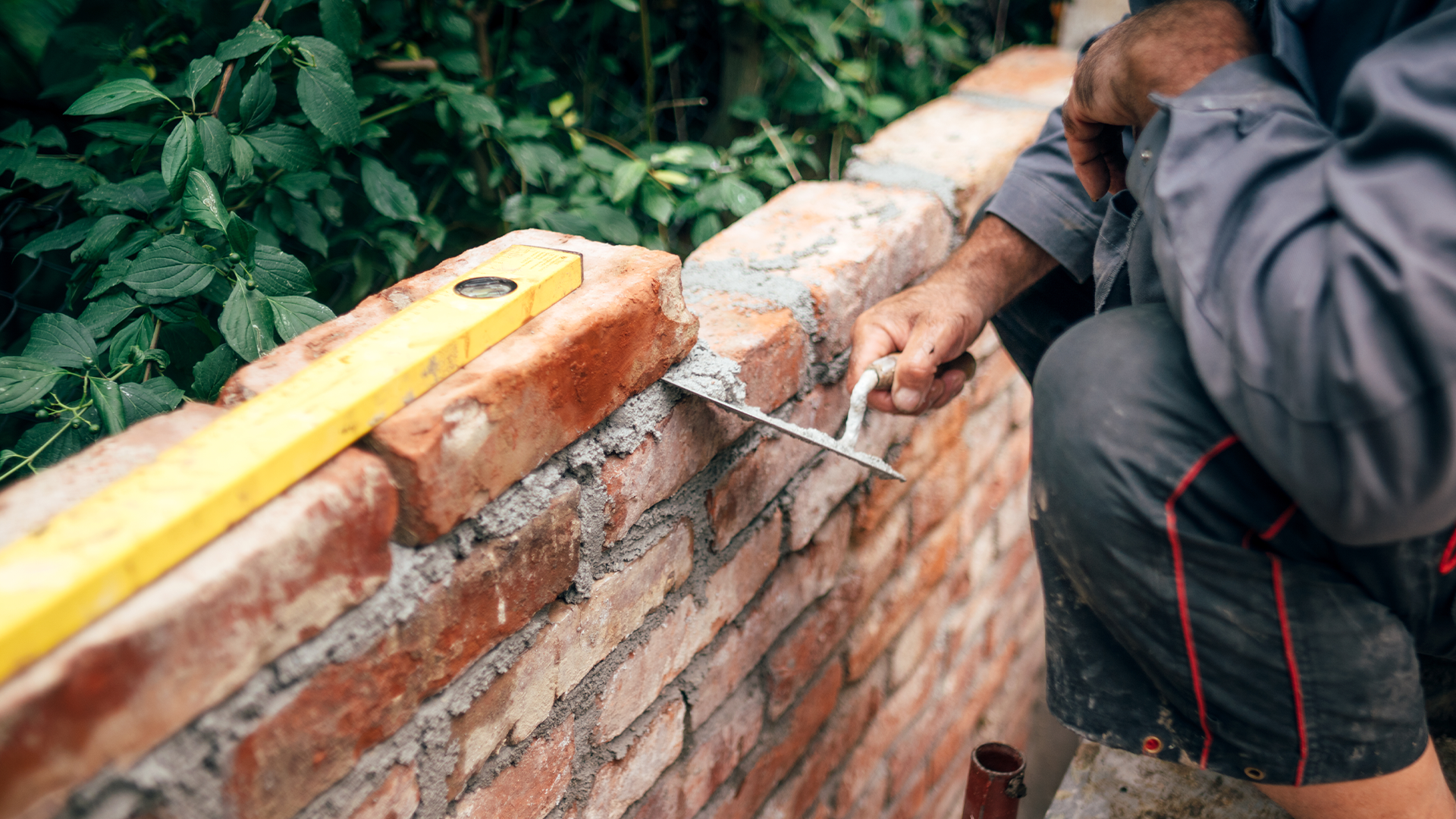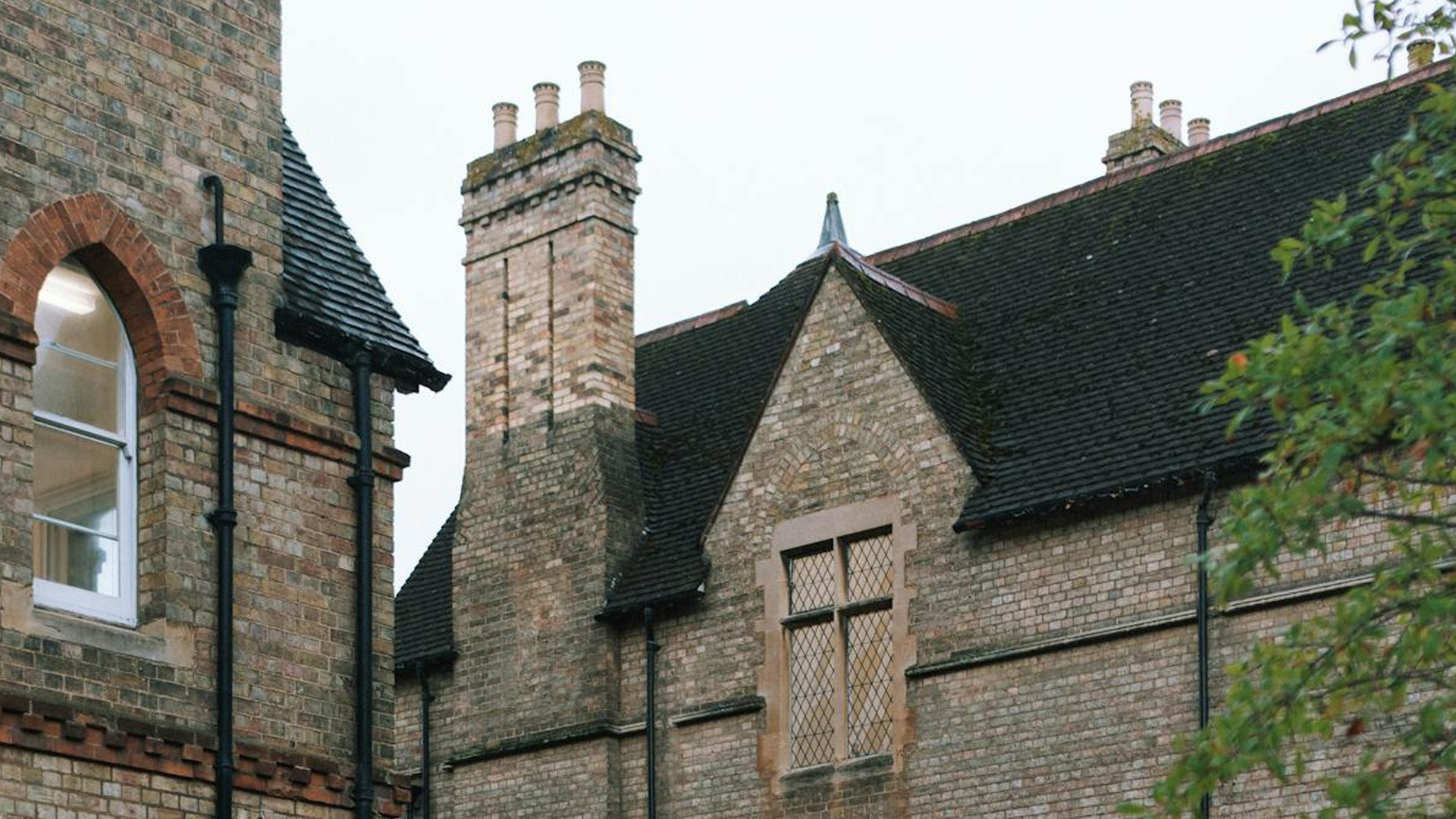When applying a clear coating to walls, it’s important to ensure that the wall surface is clean, dry, and free of dirt, dust, and grease. If the wall is painted, the paint must be fully cured before the clear coating is applied.
It’s best to wait at least two weeks after painting before applying the clear coating. Additionally, make sure to apply the clear coating evenly and in thin layers to ensure that it provides maximum protection.
It is best to apply a clear coating on walls immediately after painting them. This will ensure the paint is fully sealed and the walls are protected from damage. It is also recommended to reapply the coating every few years to maintain the walls’ protection.
It’s also important to select the right type of clear coat for the specific wall material. If you’re using a latex-based coating, for example, you’ll need to make sure that the wall is completely dry before applying the coating.
It’s also important to use the clear coat in a well-ventilated area, as the fumes from the coating can be hazardous. Finally, make sure you use a quality clear coating product to ensure that your walls look their best.
Why should you apply a clear coating on walls?
Applying clear coating on walls can be beneficial in several ways. Applying a clear coat to walls is an excellent way to protect your walls from everyday wear and tear. The clear coating will help to seal the paint and prevent fading, scuffing, and chipping.
A clear coat also provides a glossy, polished look that enhances the look of your walls. The clear coating can also help to reduce the amount of dust and allergens that settle on your walls, making it easier to keep your home clean and healthy.
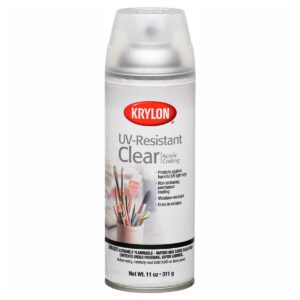
Clear coating helps protect the walls from water damage, dirt, and other elements. It also provides a glossy finish and helps to make the walls look more appealing. Additionally, it helps to improve the longevity of the walls and can make them easier to clean.
Clear coating on walls can help protect against fading, staining, and damage from everyday wear and tear. It can also make walls easier to clean and help them last longer. Additionally, the clear coating can help enhance the colour and look of the walls, giving them a more polished, finished appearance.
When not to apply clear coating on walls?
The clear coating should not be applied to walls that are exposed to direct sunlight, as this can cause the coating to deteriorate quickly.
Additionally, the clear coating should not be applied to walls that are prone to mildew, as the moisture can cause the coating to peel away. Clear coating is also not suitable for walls that are in disrepair, as the coating will not be able to fix any existing damage.
The clear coating should generally not be applied on walls if the wall is porous or has been recently painted. The clear coating can also be difficult to rub off, so it is best to avoid it in areas with high traffic or if the wall is likely to need to be cleaned often.
Also, the clear coating should be avoided on walls with patterned wallpaper or with textured surfaces, as the coating can cause these to become distorted. It should not be applied to surfaces that are too smooth, as it could cause pooling or streaking.
It is best to test a small area before applying a clear coat to ensure that it will adhere properly. If a clear coat is applied to an already painted surface, it will likely become discoloured, and may even flake off.
How to apply a clear coating?
Applying clear coating is a straightforward task, but there are some key points to remember in order to ensure a successful outcome. Before applying the clear coating, it is important to make sure the surface is clean and free of any dirt, dust, and grease. If the surface is uneven or has small chips or cracks, use a filler to make it smooth before you apply the clear coat.
It is also important to use a clean, lint-free cloth when applying the clear coating. To apply the clear coating, first, use a paint brush or roller to apply the product in a thin, even coat. Be sure to cover all areas evenly and don’t forget to get into any crevices and corners.
Allow the clear coating to dry for the amount of time recommended by the manufacturer, then apply a second coat. Make sure to allow each coat to dry completely before applying the next. Once the clear coating is completely dry, you can enjoy a long-lasting, beautiful finish.
Clear coating is a great way to protect your paint job and keep it looking new for longer. To apply the clear coating, start by washing the area that you want to coat and then use a wax and grease remover to remove any wax and grease.
Once the area is clean, use a tack cloth to remove any dust or dirt. After the surface is prepped, use a spray gun to apply the clear coat in thin coats. Allow the clear coat to dry between coats. This can take anywhere from a few hours to a few days depending on the type of product you’re using. Apply as many coats as necessary until you achieve the desired effect.
Finally, use a buffer to buff out the clear coat and create a glossy finish.
Applying a clear coat to your finished project is an easy way to protect the surface of your piece from scratches, chips, and other damage. With a few simple steps, you can easily apply a clear coat to your projects to protect them from scratches and other damage.
Conclusion
Clear coating on walls is an important step in protecting the surface from dirt, dust, and water damage. It also helps to create a more uniform look, making it easier to clean and maintain. The clear coating also helps to create a barrier between the wall and any paint or wallpaper that may be applied.


